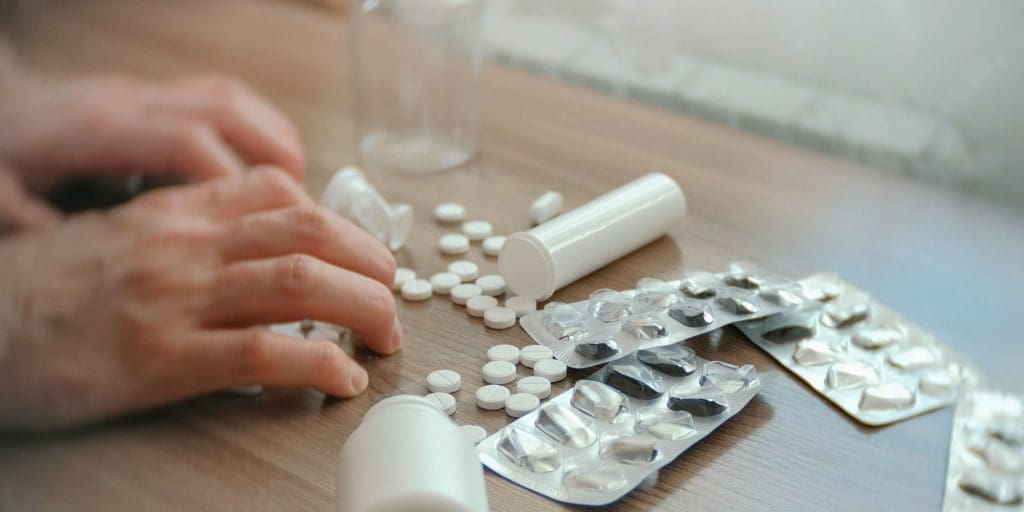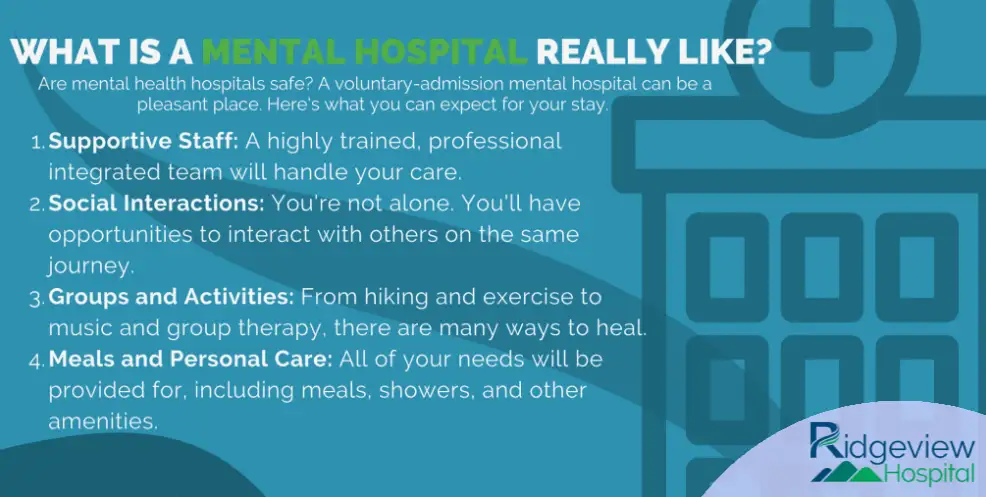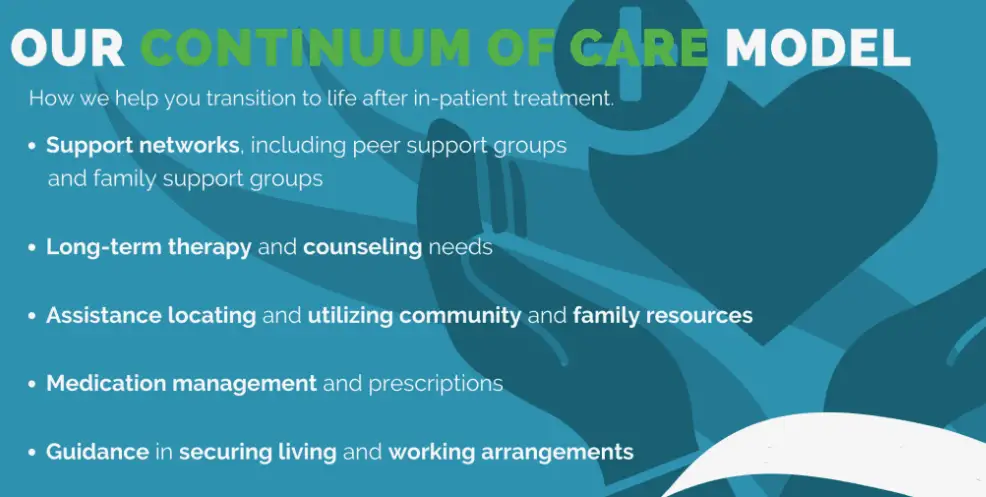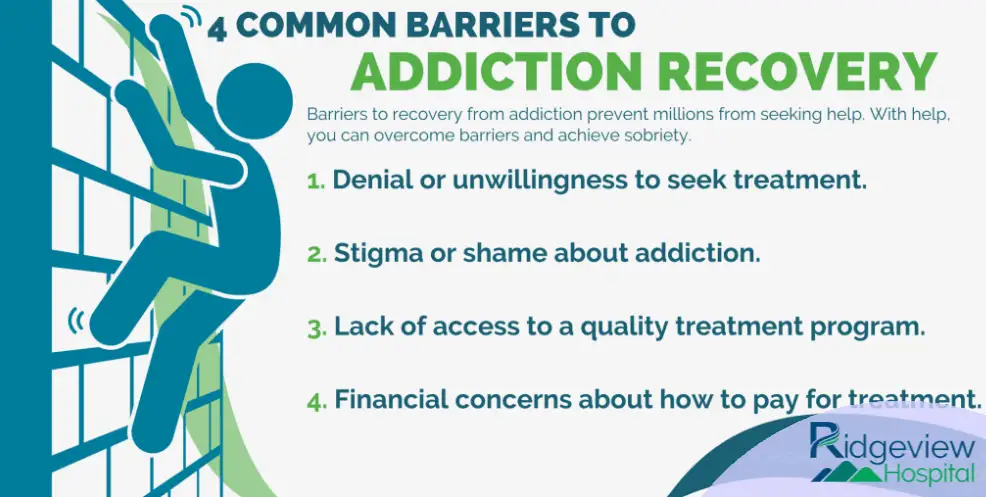For some people, codeine provides relief from pain and sickness. But for others, it’s a source of pain and struggle. Codeine addiction is a serious problem that contributes to the devastating opioid epidemic in the United States. Mental health problems and other factors contribute to the damaging impact this substance can have when it’s misused. Below you will learn more about the signs of codeine addiction and the benefits of getting professional treatment.
What Is Codeine?

Codeine is a prescription opioid used to treat mild to moderate pain. It’s also an ingredient commonly used in cold medications and cough syrup that can be purchased over the counter. Similar to other opioids, codeine works by activating the opioid receptors throughout the brain and body and increasing dopamine levels. This allows the substance to change the way the body responds to pain so you feel relief.
Prescription codeine can help individuals experiencing pain or severe coughs recover. While it’s less potent than drugs in the same class, including oxycodone, hydrocodone, and morphine, its similar chemical structure makes it a candidate for potential drug abuse. Extended use can lead to dependence and ultimately codeine addiction.
Signs and Symptoms of Codeine Addiction
Codeine is broken down in the liver and then reverts to morphine. This process affects the brain’s reward system to produce feelings of pleasure and euphoria. These feelings combined with the availability of the substance can lead individuals to abuse codeine. However, once someone develops a codeine addiction, they’re less likely to experience these feelings. Rather, they continue using the substance to function even if it results in unpleasant or dangerous side effects.
The signs and symptoms of codeine addiction include:
- Small pupils
- Dizziness
- Fatigue and lethargy
- Abnormal heart rate
- Confusion or delirium
- Anxiety
- Depression
- Shallow or slow breathing
- Stomach pain and constipation
- Hallucinations or delusions
Moreover, opiates are considered depressants, which means they slow down the part of the brain that controls breathing. Individuals with a codeine addiction may often appear to be sedated as a result of extreme fatigue and because of the drug’s effect on the central nervous system. Additionally, high doses can cause vision problems or seizures.
The longer someone uses codeine, the higher their tolerance for it becomes. In turn, it becomes harder for them to achieve the intended effects. Therefore, they continue to use more. This cycle can cause users to experiment with stronger opioids if they’re no longer experiencing the desired effect from codeine. A high tolerance can lead to physical dependence and codeine addiction.
Causes of Codeine Addiction
Addiction to opiates can happen quickly but it often takes much longer to overcome. Codeine addiction is often caused by a combination of factors, just like other substance use disorders. Anyone can become addicted, but certain risk factors put some individuals at a higher risk for substance abuse than others. Such risk factors include:
- Family history
- Mental health problems
- Trauma
- Environmental factors
- Prescription misuse
Codeine is one of the most widely-used prescription opioid painkillers in the United States, but that doesn’t eliminate the risk of substance abuse. Using more or for longer than prescribed can lead to codeine addiction and other health problems.
Individuals who are struggling with their mental health are at a high risk of substance abuse. Mental health problems tend to cause unwanted or unpleasant symptoms that make it difficult to function in daily life. Codeine is used by individuals to self-medicate because of its accessibility and lower potency in comparison to other prescription opiates. However, its perceived lack of harm contributes to its misuse.
The short-term high produced by codeine is seen as a viable way to cope with uncomfortable mental and physical symptoms. But the temporary relief is often replaced by unpleasant side effects. Self-medicating fuels the vicious cycle of using substances to alleviate symptoms that worsen in the long run as a result of the substance. This dynamic leads to co-occurring mental health disorders that require comprehensive dual diagnosis treatment to overcome.
Short-Term and Long-Term Effects of Codeine Addiction
Codeine addiction can impact your life in many ways. From your social life to your health, there are many short-term and long-term effects of misusing codeine. But there are a variety of factors including weight and how much codeine you use daily that influence the side effects you may experience. With that in mind, short-term effects include:
- Dry mouth
- Fatigue
- Lightheadedness
- Blurry vision
- Rashes
- Low blood pressure
- Low heart rate
- Nausea or vomiting
- Seizures
Consequently, the longer you misuse codeine and the more you take it, the more severe the side effects will be. Some long-term side effects include:
- Sleep disturbances
- Worsening mental health problems
- Decreased cognitive functioning
- Memory problems
- Muscle spasms
- Coma
The part of the body affected the most by codeine addiction is the central nervous system. However, the long-term effects of codeine abuse can damage the respiratory tract, cardiovascular system, liver, and kidneys. In addition to organ damage, long-term usage can cause withdrawal symptoms.
Codeine withdrawal symptoms include:
- Muscle and joint pain
- Flu-like symptoms such as a runny nose
- Tremors
- Insomnia
- Restlessness
- Dysphoria
- Nausea and vomiting
If you abruptly stop using codeine when you’re physically dependent on it, you can experience a variety of uncomfortable side effects. Although they may not be life-threatening, codeine withdrawal symptoms can be severe. Unpleasant or painful withdrawal symptoms make it difficult for many individuals to stay in recovery when they’re attempting it alone. Therefore, enrolling in an addiction treatment program can help you recover with the resources and support you need to stay sober.
The Benefits of Receiving Treatment

Recovery requires addressing the physical and emotional impact of drug addiction and dependence. And everyone’s experience with drug use is different. As a result, receiving professional treatment can help you identify the contributing factors to your unique struggle with addiction. Taking the first step is often the most difficult, but every step gets you closer to long-term recovery.
At Ridgeview Hospital, located in Middle Point, Ohio, we provide patients with a variety of evidence-based treatment programs. Moreover, every patient at our treatment center gets the individualized help they need to overcome their unique addiction and mental health challenges.
For adults struggling with a dual diagnosis, co-occurring substance use treatment is the most effective program type. This type of treatment simultaneously treats symptoms of your addiction and mental health disorder through a combination of methods.
Our co-occurring substance use treatment modalities include:
- Individual psychotherapy
- Group therapy
- Recreational therapy
- Relapse prevention planning
- 12-step programming
These codeine addiction treatment options are available alongside additional counseling services to ensure all of your mental health needs are met while completing your inpatient program.
How Ridgeview Hospital Can Help You Recover
The relationship between your addiction and mental health is complex. But enrolling in a professional treatment center provides the support and resources you need to safely start recovery. With our help, you’ll learn how to better manage your mental health to prevent future relapse.





















